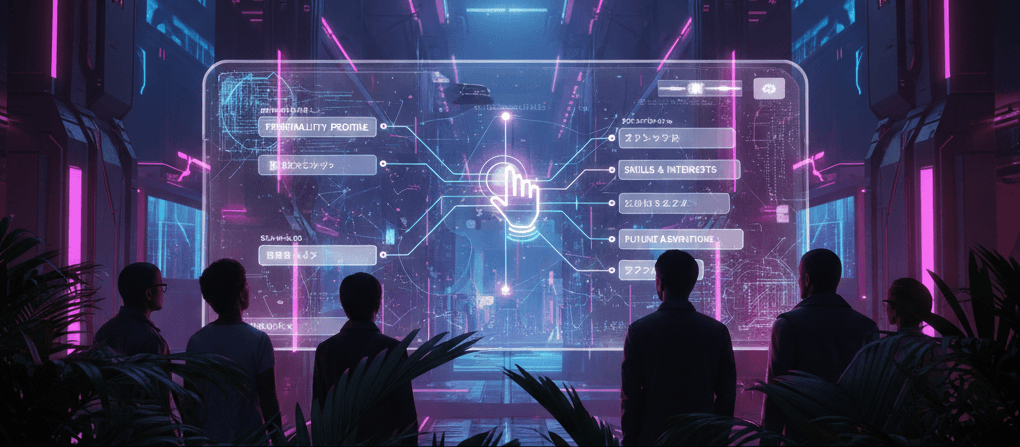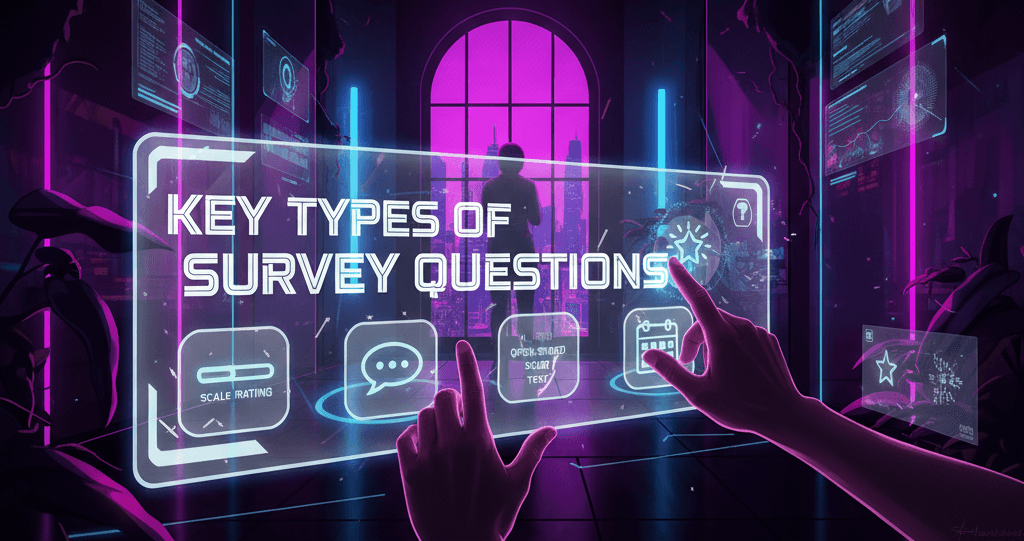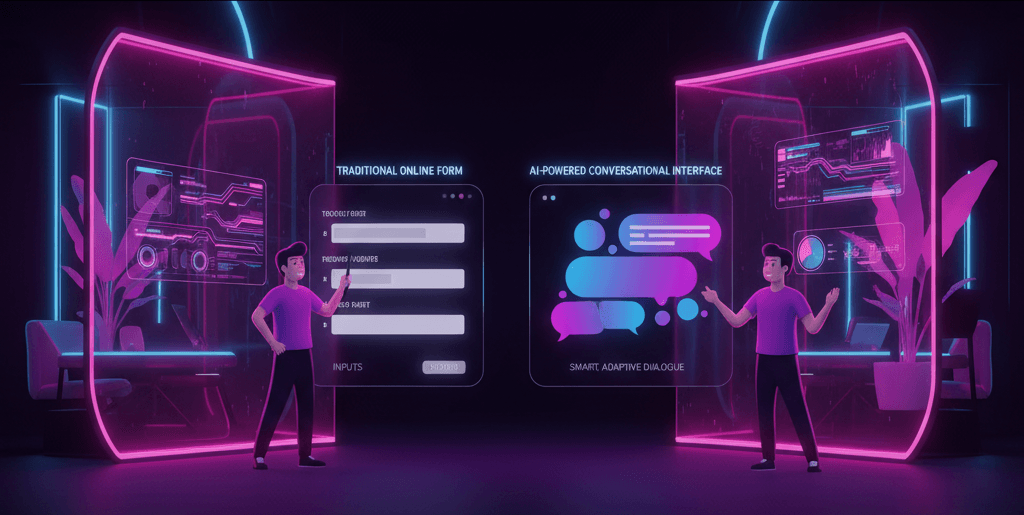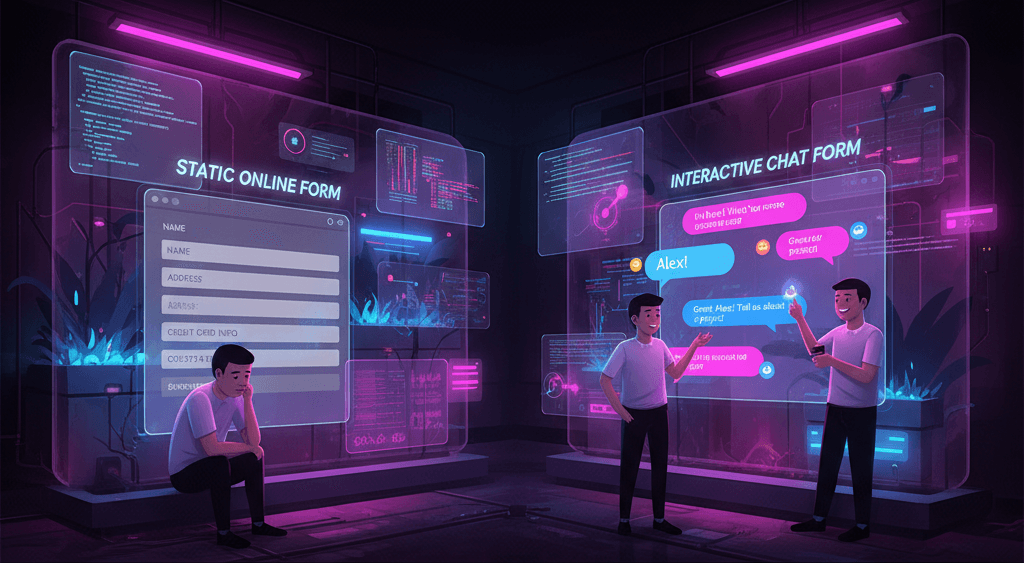Introduction
Customer expectations in 2025 are higher than ever. People want fast, accurate, and personalized service that feels human. This is where Conversational AI shines.
Conversational AI refers to technology that allows machines to understand, process, and respond to human language naturally and contextually.
It powers tools like smart chatbots, virtual assistants, and voice bots that allow businesses to deliver intelligent, seamless experiences across multiple channels.
Traditionally, customer service was reactive; you waited on hold or filled out a support ticket. Conversational AI has flipped that model to proactive, intelligent conversations that happen in real time.
Today, brands are using it not just for support but also for onboarding, sales, and engagement.
In 2025, conversational AI will be even more important. With the rise of large language models (LLMs) and multi-modal AI, businesses can now automate complex interactions that used to require human intervention.
This blog explores the tech behind this shift, its benefits, challenges, and how you can get started.
What is Conversational AI?
Conversational AI is a form of artificial intelligence that enables computers to engage in human-like dialogue. It includes technologies such as:
- Natural Language Processing (NLP): To understand and interpret human language.
- Natural Language Understanding (NLU): To identify intent and meaning behind user queries.
- Natural Language Generation (NLG): To generate coherent, human-like responses.
- Speech Recognition and Synthesis: To power voice interfaces.
Unlike traditional chatbots that follow a script, conversational AI can interpret nuance, manage complex interactions, and learn over time.
It supports both text-based and voice-based interactions across platforms like websites, apps, messaging tools (WhatsApp, Slack), and even call centers.
It’s what powers everything from simple support bots to complex AI agents that can help users troubleshoot, complete purchases, or even schedule appointments.
Read more: Ultimate Guide on AI in Customer Services in 2025
How Conversational AI Works
A conversational AI system follows a structured process to interact with users:
- Input Recognition: The system receives a message via text or voice.
- Intent Detection: NLP and NLU parse the message to identify what the user wants.
- Entity Extraction: Important details like names, dates, or product types are pulled from the message.
- Context Handling: The AI uses conversation history and user data to understand the full picture.
- Response Generation: Using rule-based logic, generative AI (LLMs), or a hybrid, the AI crafts a response.
- Learning & Feedback: The system improves over time by learning from successful (and failed) interactions.
At the core of many modern systems are LLMs like OpenAI’s GPT, Anthropic’s Claude, and others, which provide human-like understanding and generation capabilities.
Core Technologies Powering Conversational AI
Several foundational technologies enable effective conversational AI:
1) Large Language Models (LLMs): These are deep learning models trained on vast datasets to understand language and generate responses. Examples include GPT- 4, Claude, and Mistral.
2) Retrieval-Augmented Generation (RAG): A method that combines AI with external data sources (like a knowledge base) to provide accurate, real-time answers grounded in facts.
3) Knowledge Bases + Embeddings: Customer support knowledge is turned into vector embeddings and stored in a searchable format. This allows the AI to instantly access and use this data in conversations.
4) Voice AI Tech: Includes Automatic Speech Recognition (ASR) and Text-to-Speech (TTS) for handling voice queries and responses.
5) APIs and Integrations: Connect AI tools with CRMs, helpdesks, and product databases for personalized responses.
These technologies together make the AI agent smarter, faster, and more helpful.
Real-World Applications in Customer Experience
Conversational AI has a wide range of use cases:
- Customer Support: AI agents handle FAQs, troubleshoot issues, and resolve tickets 24/7.
- Sales Enablement: AI can qualify leads, recommend products, and guide users through a sales funnel.
- Onboarding: New users can interact with an AI agent to get step-by-step help without waiting.
- Voice Assistants: In industries like banking, healthcare, and travel, voice bots can help customers schedule services, check balances, or reschedule appointments.
- Multilingual Support: One AI agent can support users in multiple languages without extra staffing.
These use cases not only enhance user experience but also reduce the load on human teams.
Benefits of Conversational AI in Customer-Facing Roles
1. 24/7 Availability: AI never sleeps. Your customers can get help at any time, from any time zone.
2. Consistency and Accuracy: Human agents can forget or make errors. AI provides reliable, brand-aligned answers every time.
3. Learning from Knowledge Bases: AI agents can instantly use your documentation, FAQs, and internal content to respond intelligently.
4. Scalability: As your business grows, AI handles increased interaction volume without needing more hires.
5. Cost Efficiency: Reduces operational costs by automating repetitive queries and freeing up human agents for complex tasks.
6. Improved Customer Satisfaction: Faster, smarter responses lead to higher CSAT scores and better retention.
Challenges and How Companies Overcome Them
1) Hallucinations
Sometimes AI generates inaccurate or fictional responses. In solution to this, we can use RAG with vetted data sources to ground responses.
2) Lack of Brand Tone or Empathy:
In solution to this, we can train the model on brand-specific data and adjust tone settings. Human-in-the-loop editing helps refine responses.
3) Integration with Tools
Connecting AI to CRMs, ticketing systems, or analytics can be complex; as a solution to this, we can choose platforms with pre-built integrations and APIs.
4) Keeping Data Fresh
AI’s Static knowledge leads to outdated answers. However, we can automate knowledge base syncing and versioning. Use workflows to refresh data frequently.
5) Data Privacy
Mishandling customer data can lead to compliance issues. In solution to this, choose AI tools that are GDPR/SOC2 compliant and offer enterprise-level controls.
The Future of Conversational AI
- Hyper-personalized Conversations: AI will soon remember users, preferences, and past interactions across platforms, making each session more tailored.
- Co-Pilot Mode: AI won’t just replace humans but assist them. Think of agents receiving live suggestions during calls or chats from AI copilots.
- Multi-Modal Interfaces: Beyond text and voice, AI will handle video, images, and screen-sharing for deeper interaction.
- Proactive Support: AI will detect issues (failed logins, dropped carts) and initiate conversations before users reach out.
- Expanded Channels: From WhatsApp to Discord to AR/VR platforms, AI agents will live wherever your customers do.
- Regulatory Evolution: As AI becomes mainstream, expect new laws around transparency, data handling, and disclosure.
Getting Started with Conversational AI
Step 1: Choose the Right Platform
Look for platforms with LLM support, easy integrations, strong security, and low-code customization.
Step 2: Prepare Your Knowledge Base
Organize your support docs, FAQs, product manuals, and tone guides. This is the “brain” of your AI.
Step 3: Define Personality & Tone
Is your brand fun? Formal? Supportive? These traits should guide how your AI agent speaks.
Step 4: Train and Test
Run test conversations, gather feedback, and fine-tune. Include human-in-the-loop reviews for quality control.
Step 5: Track Key Metrics
Resolution rate, CSAT (Customer Satisfaction), AHT (Average Handle Time), AI deflection rate, and fallback rate.
Step 6: Roll Out in Phases
Start with a pilot group or a single use case. Expand as confidence and results grow.
Conclusion
Conversational AI is no longer a future concept – it’s a current necessity for brands that care about customer experience. In 2025, it enables real-time, human-like support at scale, across every channel your customers use.
By choosing the right tools, structuring your data, and training with intent, you can build AI agents that elevate your support, reduce costs, and delight users.
Now’s the time to explore. Whether you’re just starting or refining your existing support strategy, conversational AI offers massive opportunities.












